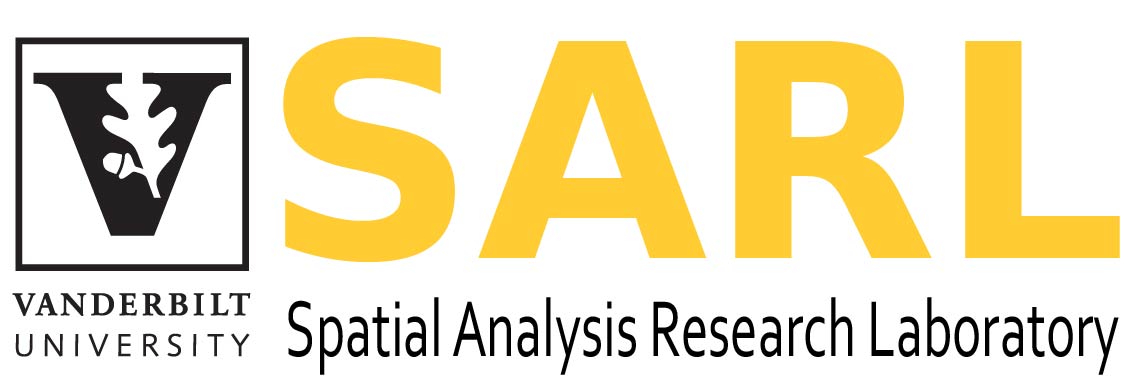About GeoPACHA
GeoPACHA (Geospatial Platform for Andean Culture, History and Archaeology) is a geospatial platform for systematic archaeological survey over large areas of Andean South America. It is designed to facilitate the identification of archaeological sites and features through “virtual survey” of satellite and historical aerial imagery and consists of a simple browser-based interface that enables users to visually scan imagery and record the locations of archaeological sites and features to a central database using point themes. GeoPACHA also enables the registry of attribute data (observations on site type, chronology, features present, etc) with identified sites and features via form-based data entry with controlled vocabularies. A tiered, grid-based system enables users to ensure they are zoomed in sufficiently to observe features and is used to track survey coverage.
A Federated, Problem-Oriented Framework
GeoPACHA is designed around a federated, problem-oriented project concept. Coverage is currently divided among several large survey areas in coastal and highland settings, from northern Peru to the Bolivian altiplano. International teams of trained users, led by experts in rAndean archaeology are conducting the survey. Each team has defined their survey based on a set of research questions, while collecting survey data on all surficially-visible archaeological features using standards across all projects. GeoPACHA uses a two-tiered editing system, with regional and general editors. Project leaders act as regional editors, who review all site and feature identifications and their corresponding attributes. Edits approved by regional editors then go to the general editors (Wernke and VanValkenburgh) for final review before they are committed to the canonical database.
User Access
GeoPACHA is currently in active use by this international network of participating research teams. To ensure data quality and uniformity, and to protect sensitive sites, use of the platform is restricted to registered users affiliated with one of the research teams. Once the current round of survey is completed, accredited visitors will be able to register and view the survey results. The current survey round will continue through April, 2020.
If you are interested in learning more about GeoPACHA, including participating in later rounds of virtual survey, and/or in gaining access to data once it has been vetted and curated, please fill out this form.
GeoPACHA and LOGAR
GeoPACHA is one of a pair of complementary geospatial tools whose shared purpose is to create rich, expansive datasets for Andeanist historical and archaeological scholarship. The other is LOGAR: Linked Online Gazetteer of the Andean Region. As a digital gazetteer, LOGAR collates information by place – both places that can be assigned fixed geographic coordinates and those (such as imagined geographies and “lost” sites) that cannot.
LOGAR currently focuses on the reducciones, drawing on several colonial census documents related to Viceroy Francisco de Toledo’s visita general and general resettlement. While GeoPACHA is designed to facilitate discovery and initial documentation of the locations of previously unmapped settlements, LOGAR is designed to compile diverse textual information by place (towns and otherwise). GeoPACHA and LOGAR together provide the most comprehensive map of colonial towns in the Andes. Over the long run, both will be enriched by contributions from scholars, students, and other interested individuals, who will contribute textual, documentary, and archaeological information.
Site Protection Measures
Because of the sensitivities of revealing site locations, GeoPACHA data are accessible only to credentialed, registered contributors and editors. Individuals may request Contributor-level access here.

 ES
ES









